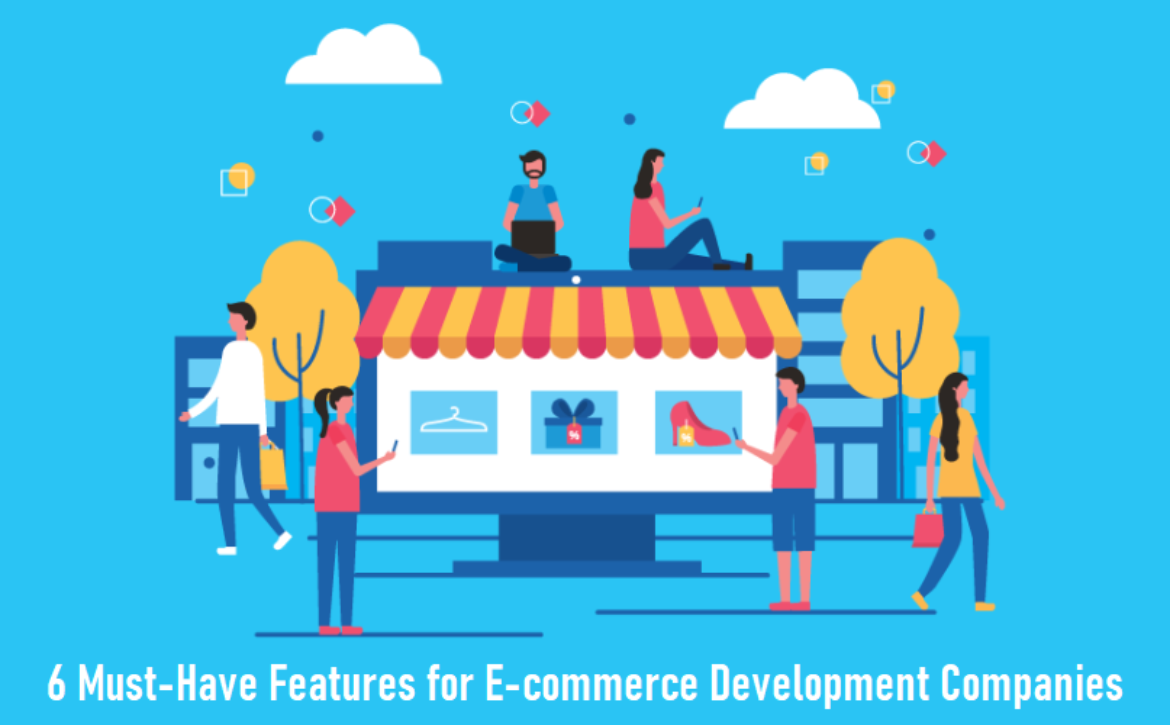How To Find Mobile App Developers Near Me For Your Project?
Hiring a mobile app developer can be overwhelming, given the unending options at your disposal, many of which are lucrative. Mobile Applications are an important aspect of any digital strategy, and hiring a skilled Mobile development team is a task. Indeed, it is key to the success of your project.
Searching for a credible app developer for your project is essential. Our guide to hiring Mobile app developers near you will help you find a prospective developer. Inculcate these significant key steps and guidance to follow on your journey to finding an efficient app developer.
By 2025, there are estimated to be 74 billion mobile users globally. These figures show that mobile apps are potentially very attractive and competitive. This is why it is important to hire an app developer to set you on the right path.
In the ever-evolving digital realm of 2024, mobile applications have become indispensable for businesses and individuals alike. Whether you are a business or entrepreneur with a groundbreaking idea to enhance customer engagement, finding the right app developer is important to bring your vision to reality. However, with the ever-increasing technology landscape, it is even more difficult to find the ideal app developer for the project.
Stay ahead of the curve by hiring our industry’s best app developers at your service who have robust tech solutions & possess exemplary expertise & unmatched skills and software solutions across various domains such as Automotive, Financial & Payments, Healthcare & Medical, Government Projects, Retail, Hospitality, Banking, Education, Travel & Logistics, etc.
Things you should know before Hiring App Developers
Mobile app development has proven to be valuable time & time again ( it means mobile app development is fruitful, and it has proved it every time and repeatedly). If you have found this blog, you probably want to have one for your business.
Before entrusting your project to anyone, you must contemplate the industry’s nitty-gritty details. If you’re a novice in app development, consult with a few experts to understand the basics.
Know about the programming languages used, the average costs, and the best outsourcing countries. This will help you in shortlisting the most appropriate technology companion for your requirements.
You must set your budget at the outset of application development, you might want to incorporate all the features into your app, but that is not possible practically. If your project is small and has straightforward needs, you might need a freelance application developer rather than hiring a costly developer agency. A proper professional full-time app development agency will be required if you need a feature-rich, complex & adaptable application for your project.
Main Obstacles you will encounter in your search for Mobile app developers
- Budget Constraint
- Outsource
- Inhouse mobile app developers
Key Steps to Find a Mobile Application Developer
Define your Step or Know your Business Requirements
Before your research, it is important to have a clear knowledge of your project, objective scope and target audience. Understand what type of app your business needs: iOS and Android or cross-platform. Consider whether you need any added features or any specific technology you want to add in your app. Having a streamlined project brief in place will help you communicate your needs smoothly to potential developers.
Decide your Budget
Your budget is extremely important in deciding the kind of app developer you are searching for or able to hire. App development payment structure may vary depending upon factors like platform, complexity, and location of the developer.
Research beforehand to find out the average cost of the development target market to establish a realistic and practical budget.
Choose the Ideal Platform
Attention to detail is paramount in the app development process; even small decisions can have major impacts on user experience, overall performance, and satisfaction. From the user interface design to the underlying code architecture. Every facet needs discretion to make sure that the app meets both functional and aesthetic standards,
Erroneous /inaccurate decisions can lead to bugs, absurd confusion, and, ultimately, disappointment among users. It’s important to emphasize clarity and precision throughout the development process to create a refined product, and this helps you decide the type of developer you want to hire. If you are looking for a specific platform, consider developers with expertise in that area. If you’re going for cross-platform development, consider developers skilled in frameworks like react native or Flutter.
Research & Shortlist
The first step towards finalizing experienced mobile app developers is screening or vetting. You will get to choose from a wide range of experts here who would align with your needs.
Filter and shortlist app developers to find the right fit for your project. Look up their portfolio, feedback, and case studies of their earlier work. The platforms like the hub, professional networks, and Linkedin are amazing places to search for a developer. Once you’re done with shortlisting a handful of proficient developers or agencies, reach out to them immediately and discuss your project needs and request quotes or proposals.
Evaluate their timelines, response time, and cost before jumping into a decision. You can even interview with the shortlisted developers to get a better knowledge of the skills, knowledge & approach to App development, and make the most of this opportunity by asking specific questions regarding your project requirement. This will help you find the right partner/companion for your project.
Developers’ resumes or portfolios serve as a mirror or peek into their capabilities and style. Look for projects that align with their vision perfectly and pay attention to the user experience and functionality of the apps they have worked on previously. This will give you a fair idea of their expertise and whether they are an ideal fit for your project.
Social Media
Social media is on the rise and platforms like LinkedIn, Facebook, and Twitter can be resourceful for searching app developers, joint relevant groups, or communities and one can post about your project to attract developers nearby in your area.
Freelance Platforms
Websites like Topical, freelancer, and Upwork help you to search for freelance app developers based on location, you get the convenience of reviewing their profile portfolio and client reviews before reaching out to them.
Attend Tech events
Meetups, tech events, and conferences are great ways to meet and greet app developers in person; you can network with them and interact with them. Have a word regarding your project and even find potential collaborators.
Networking
Networking allows you to expand your professional network & forge professional relationships in your relevant industry and field. They can provide recommendations based on their experiences, and they might have worked previously with app developers.
Local Universities
An engineering department or computer science department at local universities or colleges is a great idea. Information Technology students or graduates who have just graduated might be seeking projects to work on, and they come up with fresh perspectives on the table and competitive rates comparatively.
Local Tech hubs and Incubators
See if there are any local tech houses, innovation centers, or start-up incubators nearby. They usually have a network of app developers and connect with your potential candidates.
Assess Communication Skills
This might seem irrelevant in the first place, but it is utmost essential for a proficient app development partnership. During the interview, access app developers’ ability to contemplate your requirements. Ask relatable questions or queries to clear your doubts and provide clear explanations, too. The app developers who can communicate well will make sure your project stays on track and shows optimal performance.
Make an All-Inclusive Request
It’s not merely about coding if you want to create your software to the last detail. Building an app is more than simply code. You’ll need to employ someone to do business research, a designer to create the app’s UI/UX, and perhaps even a QA tester to test the code and fix any bugs or flaws that might occur.
If you want to build an app like this, you’ll need an app development team like us to assist you with the best.
What should you look for in an app developer?
Although a skilled developer possesses several qualities and attributes, some specific constitutes of the following:
- Creativity– an app developer must have an act for creativity and must be able to deploy the innovative application; creative app developers explore innovative and constructive ways to enhance user experience through intuitive interfaces, interactive and compelling features, personalization, and seamless navigation
- Attention to detail is important, as a developer needs to ensure that the app runs efficiently.
Programming and Code
- A skilled app developer must have a solid understanding of programming and a good grasp of mobile network frameworks & languages such as Java, Swift & kotlin.
Verdict- a final Analysis
Hiring the right app developer in 2024 required vigilant research, clear communication, and a streamlined vision for your project. By following the above steps, you will be able to navigate the complicated world of app development and partner with the app developer who can turn your dream into reality. Always note that the right one is not just the service provider but a valuable partner in bringing your app to life.
Mobile apps have paved the way for real-time & intelligent communication. From offering the satisfaction of shopping from the comfort of your couch to helping access your financial data on the go, a mobile app has many benefits.
Good luck with your project. Finally, don’t forget to sign a transparent contract, highlighting the terms of your collaboration to avoid any chaos later on.

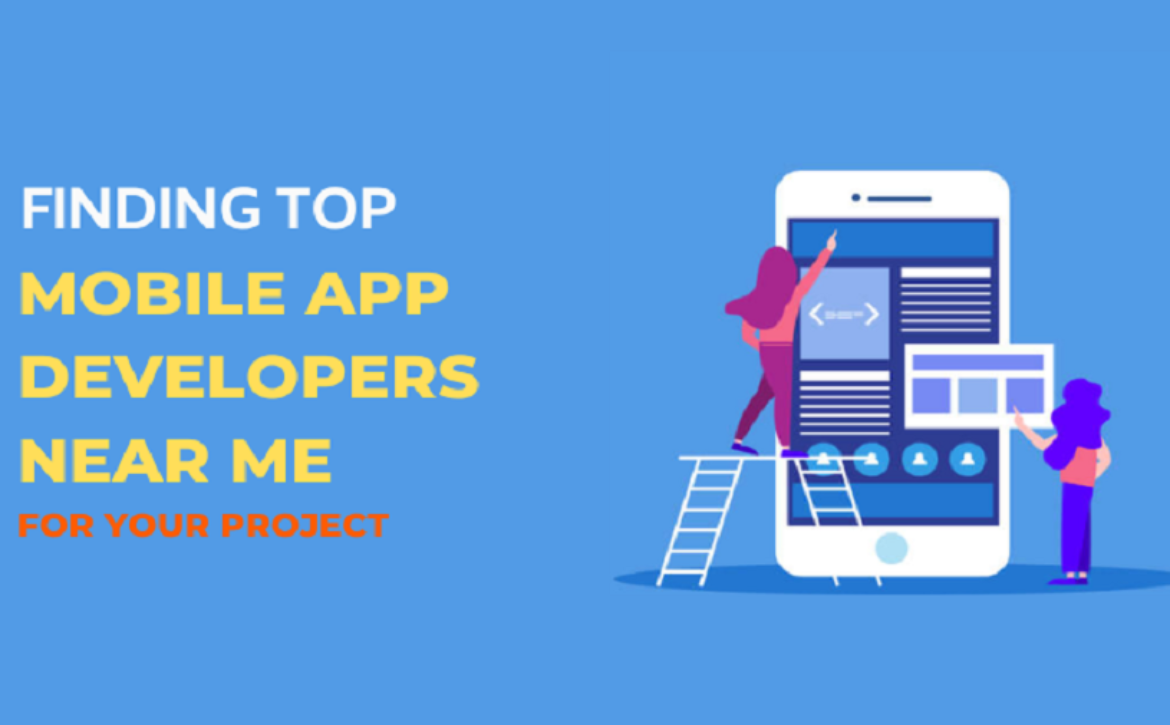


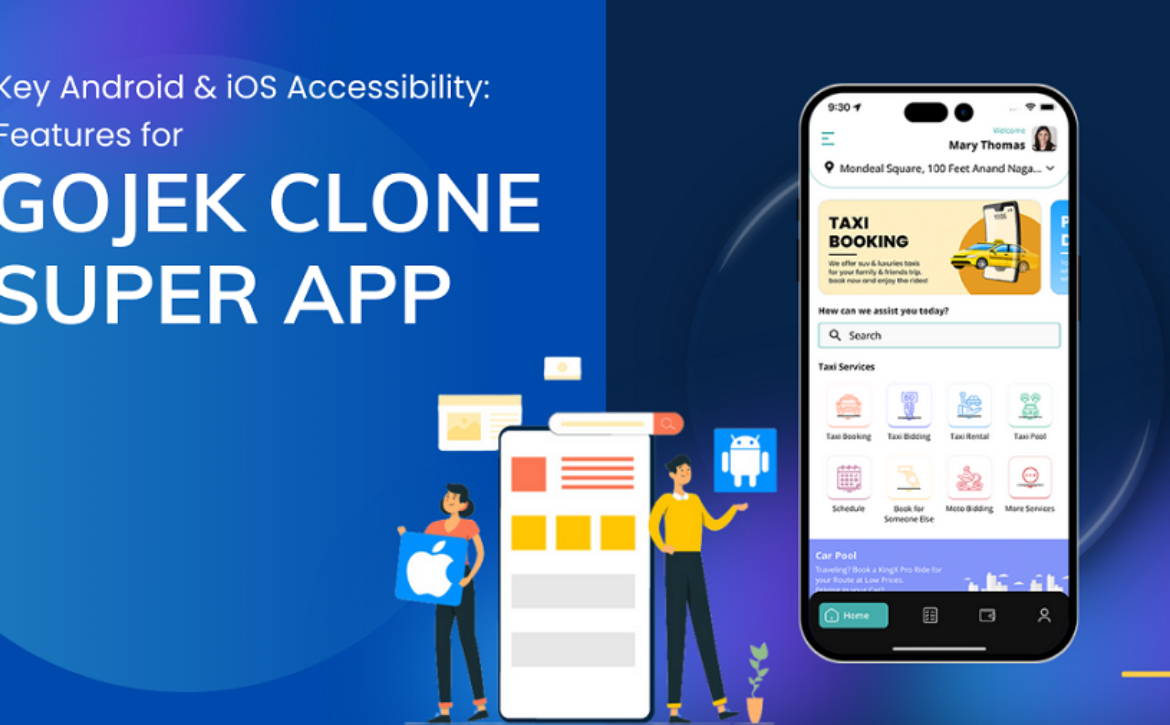
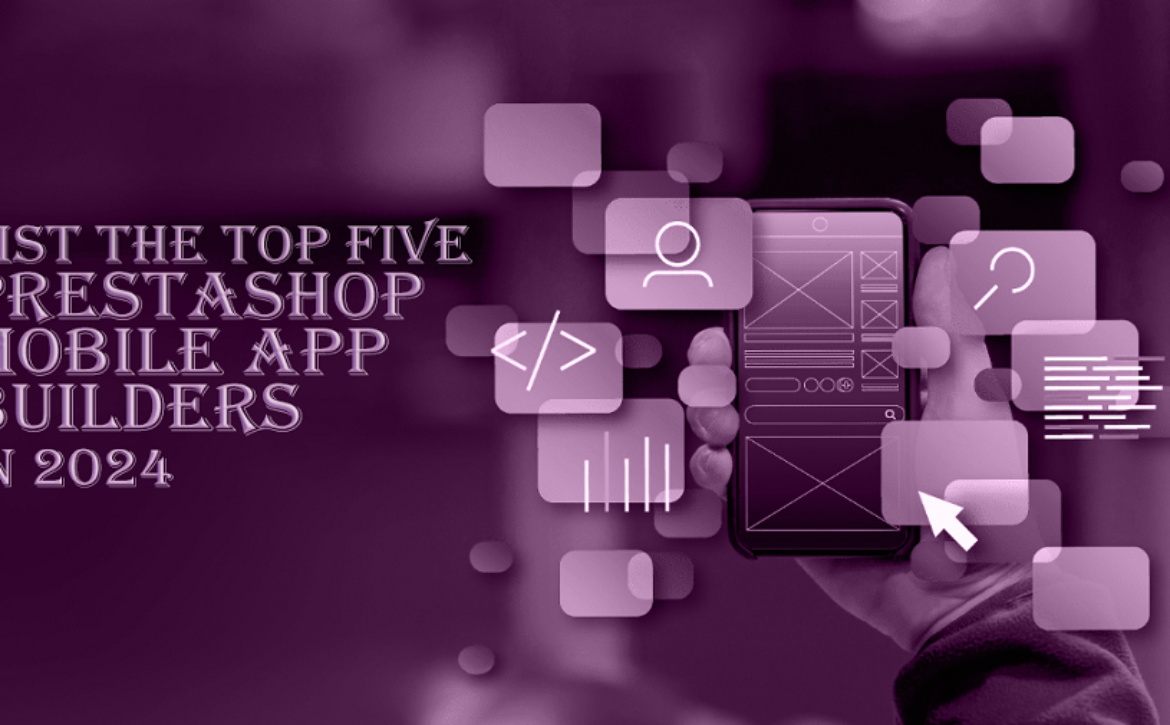

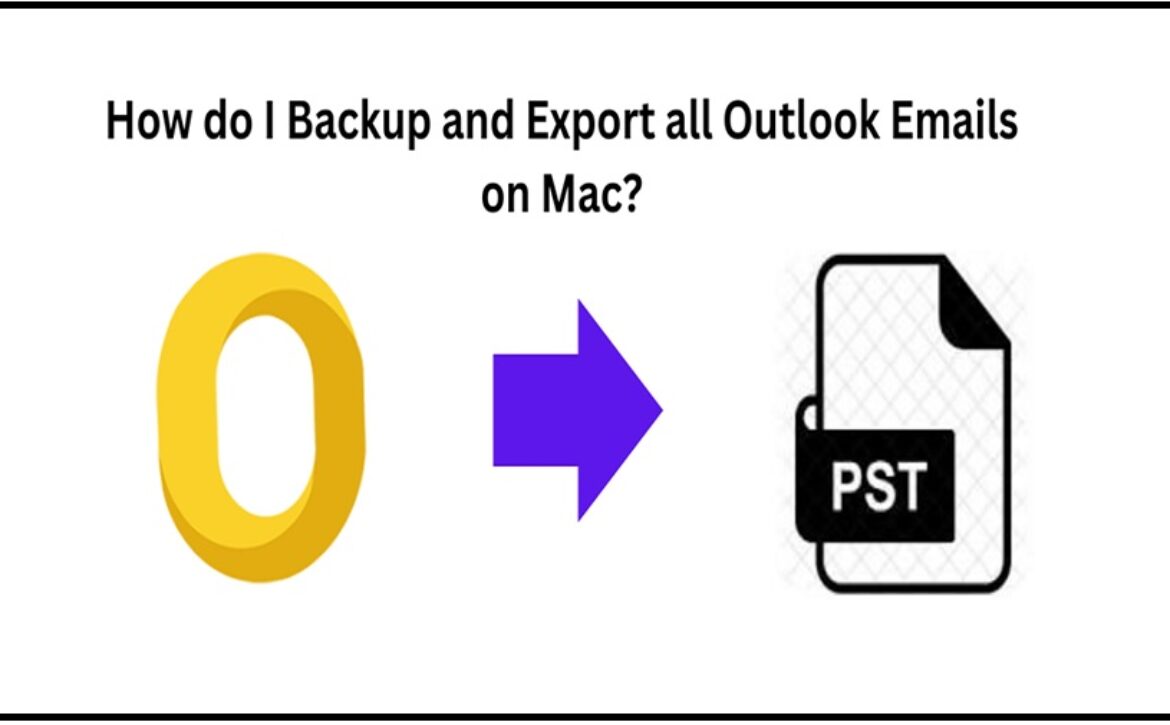
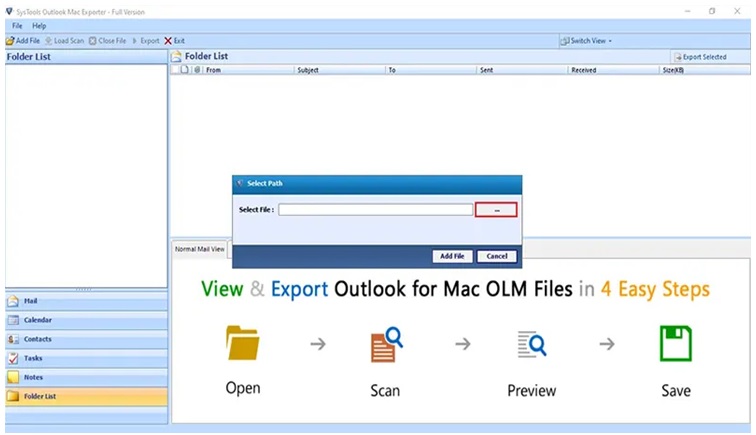
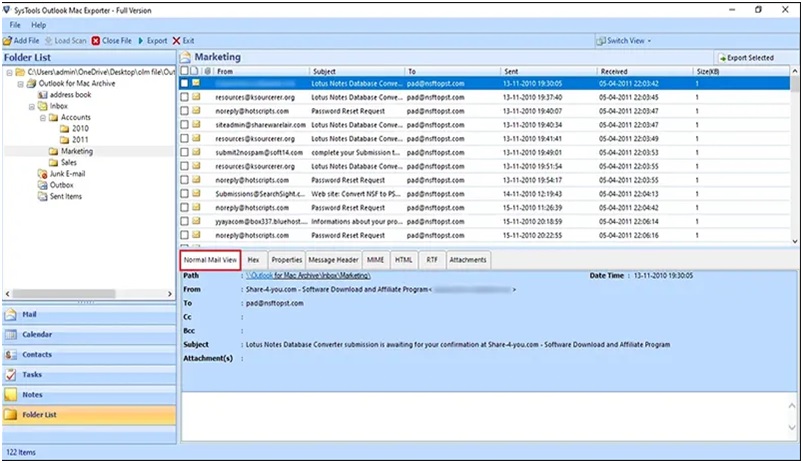
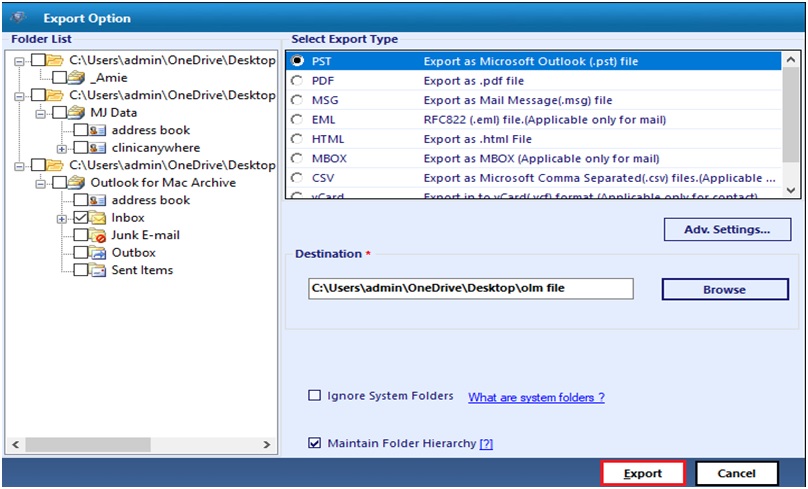

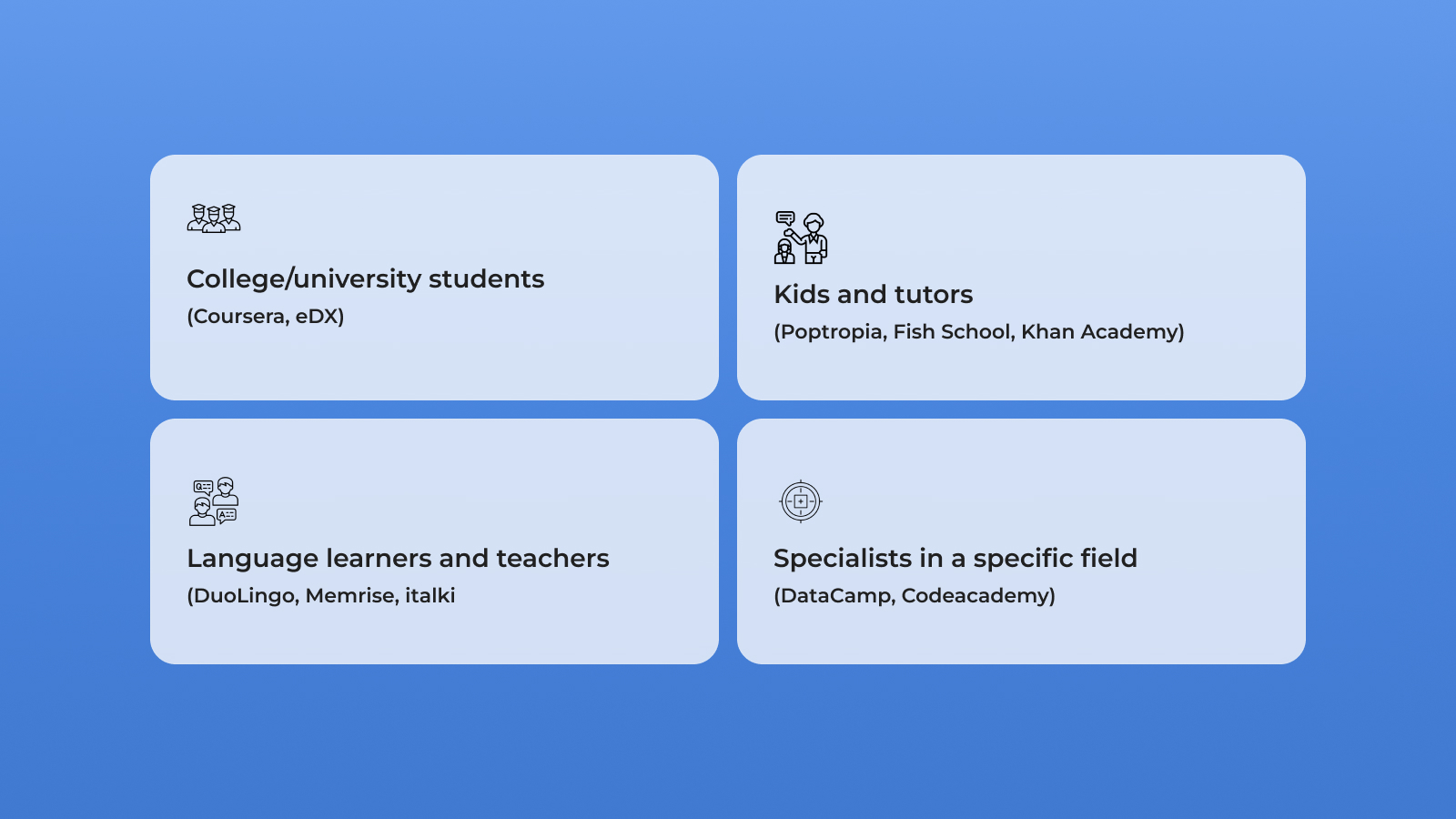 E-Learning websites by learning methods
E-Learning websites by learning methods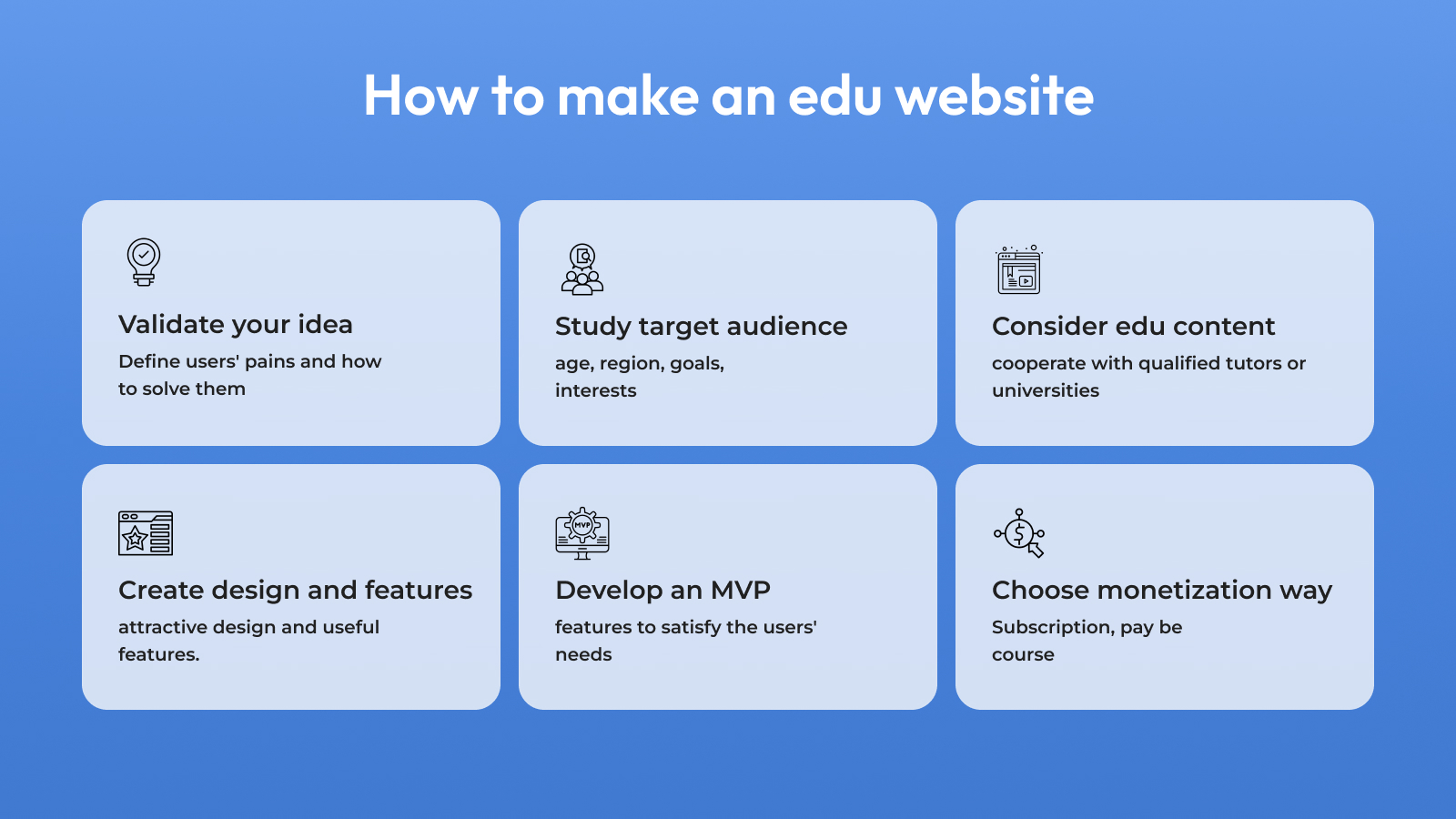 Educational Website Functionality
Educational Website Functionality